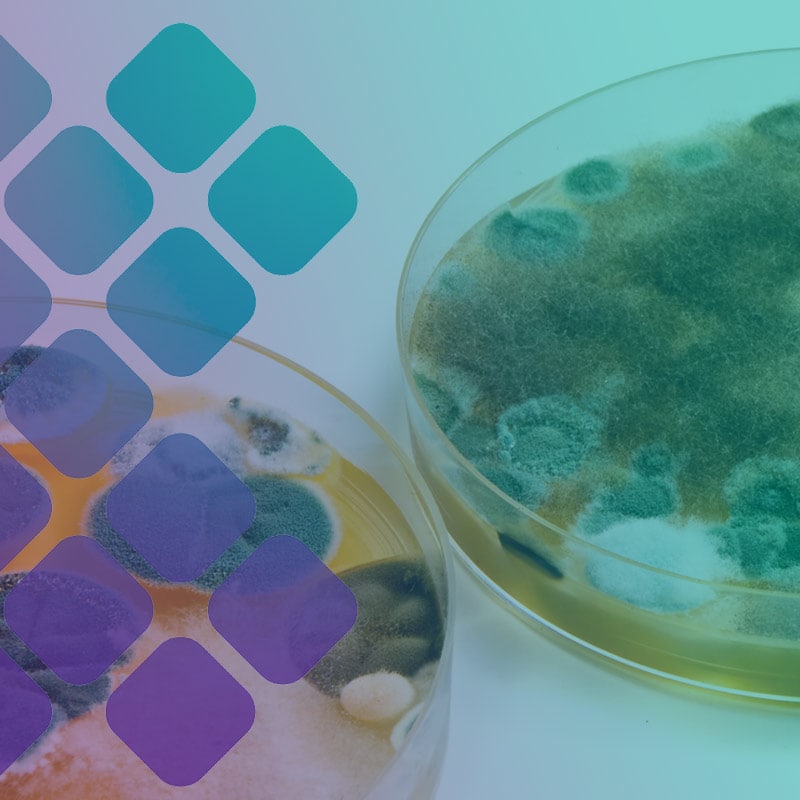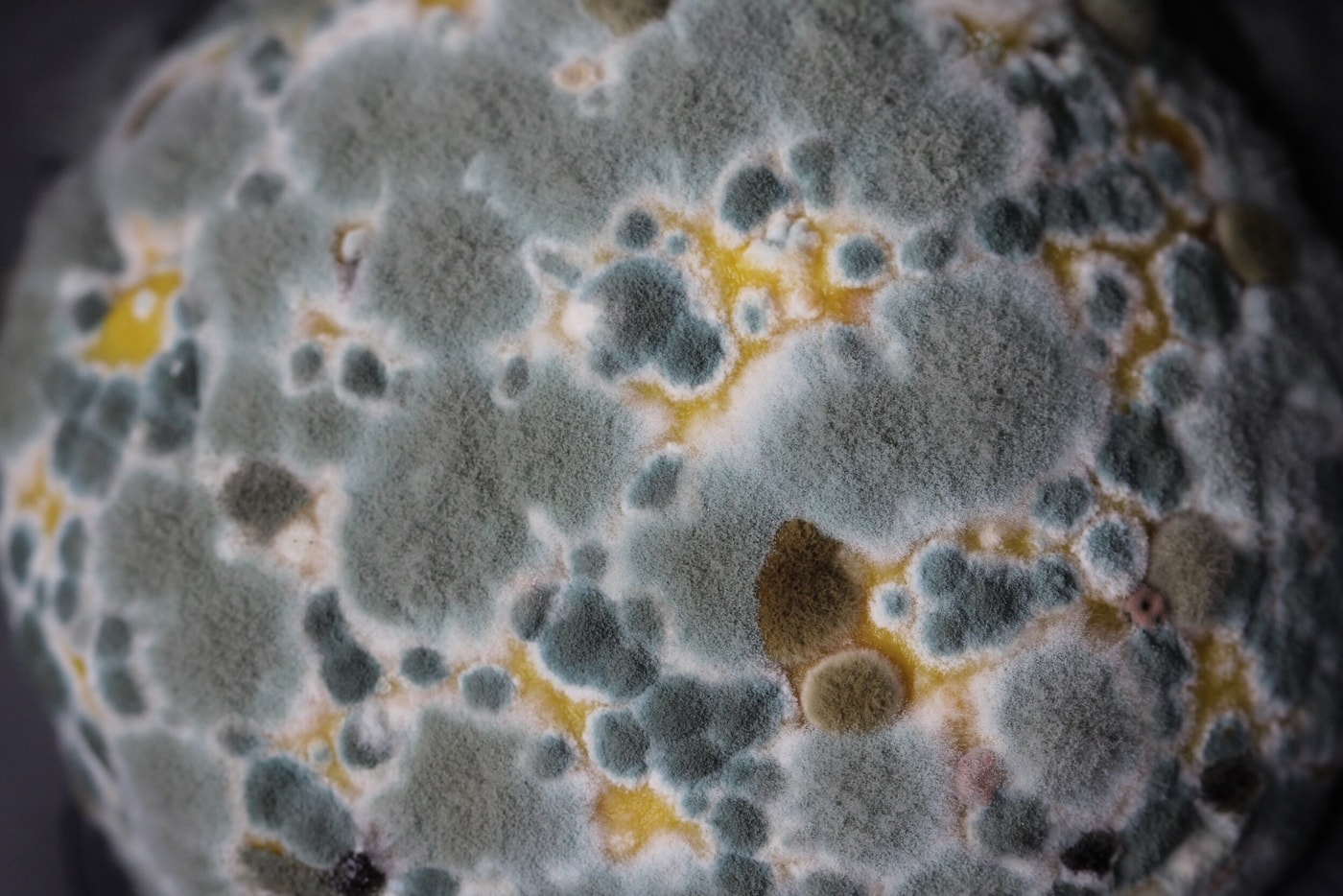Mycotoxin testing Services: Making sure High Quality and Safety in Your Supply Chain
Mycotoxin testing Services: Making sure High Quality and Safety in Your Supply Chain
Blog Article
Just How Mycotoxin Screening Helps Prevent Contamination and Protect Food Products

Mycotoxin screening is an indispensable technique in the food market, serving as a frontline protection versus contamination by damaging toxic substances created by mold and mildews. With the application of advanced techniques like High-Performance Fluid Chromatography (HPLC) and Liquid Chromatography-Mass Spectrometry (LC-MS), food producers can accurately quantify and identify mycotoxin levels in farming items. This aggressive approach not only makes certain conformity with strict safety and security policies yet additionally minimizes health and wellness risks to consumers. Routine screening fortifies brand online reputation and monetary health by reducing contamination-related occurrences. Just how exactly do these testing methods integrate into the wider food safety and security strategy?
Comprehending Mycotoxins
Recognizing mycotoxins starts with acknowledging that they are hazardous additional metabolites produced by certain molds, which can infect farming items. These metabolites are not crucial for the development or recreation of the fungis but can have extreme ramifications for human and animal wellness. Mycotoxins are frequently found in staple plants such as corn, wheat, barley, and nuts, where they can proliferate under specific conditions of dampness and temperature.
There are numerous kinds of mycotoxins, each created by various fungal species. Fusarium varieties create fumonisins and trichothecenes, both of which are connected with different intense and persistent wellness problems.

Dangers of Mycotoxin Contamination
The threats of mycotoxin contamination are multifaceted, positioning substantial threats to both food safety and public health and wellness. Mycotoxins, poisonous compounds generated by specific sorts of fungis, can pollute a large array of agricultural items consisting of grains, nuts, spices, dried out fruits, and coffee. Once these toxic substances penetrate the food supply, they can result in severe wellness issues such as liver damages, kidney failure, and also cancer. At risk populaces, including kids, the senior, and immunocompromised people, are specifically at risk.
Financial influences are one more significant concern. Polluted plants can cause significant financial losses for farmers and food producers as a result of reduced yields and the demand for costly purification actions. Additionally, global profession can be considerably prevented as countries impose strict mycotoxin laws to safeguard their populaces, causing rejected deliveries and stretched trade connections.
Environmental factors such as climate modification exacerbate the threat of mycotoxin contamination. Variants in temperature level and moisture can develop desirable conditions for fungal growth, boosting the possibility of contamination occasions. Thus, understanding and minimizing these dangers are critical for making sure the security and integrity of international food products.
Methods of Mycotoxin Testing
Properly recognizing mycotoxin contamination in farming items is essential for safeguarding public health and maintaining food safety and security standards. Different methods are employed to identify and quantify mycotoxins, each offering specific advantages and limitations.
High-Performance Liquid Chromatography (HPLC) is an extensively utilized method because of its high sensitivity and precision. click this It involves separating mycotoxins from other compounds in a sample, allowing exact metrology. Similarly, Liquid Chromatography-Mass Spectrometry (LC-MS) combines fluid chromatography with mass spectrometry to provide in-depth molecular details, making it particularly beneficial for determining several mycotoxins all at once - Mycotoxin testing Services.

Gas Chromatography-Mass Spectrometry (GC-MS) and Thin-Layer Chromatography (TLC) are additionally employed, each with distinct applications. GC-MS is reliable for unstable mycotoxins, while tender loving care offers a simpler, cost-efficient alternative for initial screening.
Benefits of Regular Evaluating
Normal screening for mycotoxins in agricultural items offers many advantages, dramatically contributing to public health and food security. By recognizing contamination early, regular screening aids avoid the distribution of harmful foods, thereby minimizing the risk of mycotoxin-related ailments among consumers. This aggressive strategy not just safeguards human health and wellness but likewise boosts the overall top quality of food products.
Consistent testing additionally sustains governing conformity. Different special info countries and areas have established strict restrictions for mycotoxin levels in food and feed. Complying with these limits with routine testing ensures that distributors and manufacturers satisfy lawful criteria, therefore staying clear of fines and trade obstacles. Preserving conformity promotes consumer count on and brand reputation, which are vital for market success.
Furthermore, normal mycotoxin screening can lead to considerable economic advantages. Early discovery of contamination enables prompt treatment, decreasing potential losses from prevalent contamination. Implementing routine testing protocols can also lessen recall costs and related obligations, which can be financially devastating.
Moreover, regular screening provides important information that can educate better farming practices and storage space conditions. By recognizing patterns of contamination, producers can take on preventive actions, consequently reducing future dangers and contributing to the sustainability of the food supply chain.
Implementing Evaluating Methods
Applying effective mycotoxin screening methods is critical for making sure the safety and security and top quality of agricultural items. Each stage has to be scrutinized to identify where mycotoxin contamination is most likely to occur.
As soon as important control points are recognized, picking suitable testing methods is necessary. Common techniques consist of enzyme-linked immunosorbent assay (ELISA), high-performance fluid chromatography (HPLC), and mass spectrometry (MS) Each method has its strengths and weaknesses; hence, picking the proper one relies on the specific mycotoxin being examined, the needed level of sensitivity, and readily available sources.

Last but not least, integrating the screening procedures into a comprehensive food safety and security administration system is suggested. This enhances traceability and makes it possible for quick rehabilitative actions when contamination is detected, thus protecting the integrity of the food supply chain.
Conclusion
Mycotoxin screening is important in avoiding contamination and securing food supplies by making it possible for very early detection of dangerous toxins produced by mold and mildews in agricultural products. Normal testing boosts brand name online reputation, financial stability, and trust in food safety by minimizing contamination-related losses and maintaining high standards in food production.
Mycotoxin testing is a vital method in the food market, serving as a frontline defense against contamination by hazardous toxins produced by molds. An incorporated strategy entailing farming methods, storage management, and regular screening can alleviate the dangers associated with mycotoxin contamination, guaranteeing food safety and public wellness.
The threats of mycotoxin contamination are diverse, positioning considerable risks to both food safety and public wellness.Routine testing for mycotoxins in farming items provides numerous advantages, substantially contributing to public health and food safety and security.Mycotoxin testing is important in try these out preventing contamination and guarding food materials by enabling very early detection of unsafe contaminants produced by mold and mildews in agricultural items.
Report this page